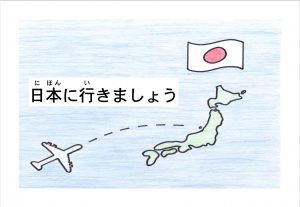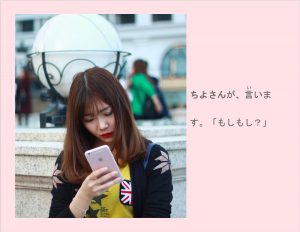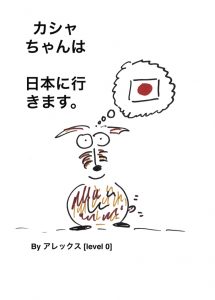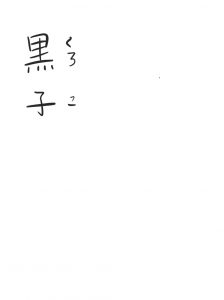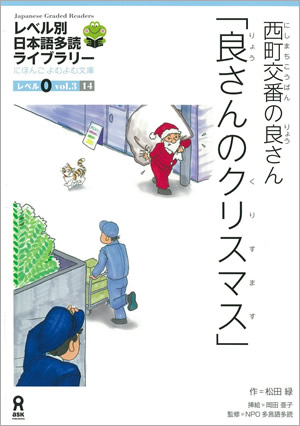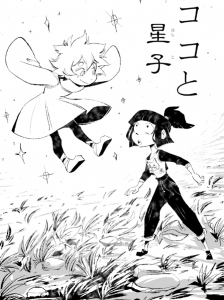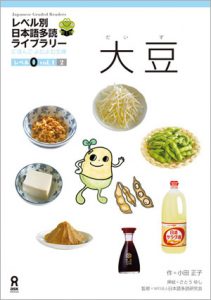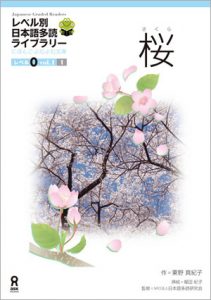
これはおもしろい本でした。私(わたし)は子(こ)どもの時(とき)Washington DCで桜(さくら)を毎(まい)ねん見(み)ましたから。日本(にほん)のちいきがたくさんあります。ちがうのちいきで桜がちがうの時間(じかん)にさきます。
I would recommend this book to students who are finishing their first semester of Japanese. Reading this book is a good way to practice many of the kanji we learned. It was also interesting to learn about the regions of Japan and how that affects the cherry blossom trees. The illustrations were very pretty, so the book was fun to read.
